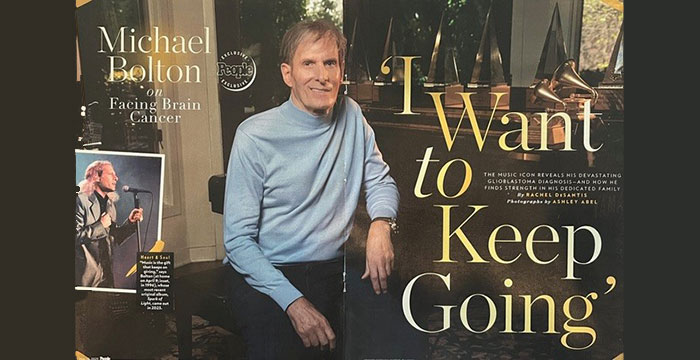Who hasn’t heard it yet? The 911 dispatcher in Bakersfield, California begging the retirement home employee to find someone to begin CPR on 87-year-old Lorraine Bayless who had collapsed in the dining room. Apparently the policy at Glenwood Gardens independent living facility is to call the rescue squad and let them care for a stricken resident. Glenwood is not a medical facility but an apartment building with extra services for the elderly. The employee on the phone with the dispatcher very calmly said repeatedly “No, we don’t have anyone here who can begin CPR.”
Much of the commentary I have heard this week condemned the employee and the policy as unethical and uncaring. I am not surprised given the false information out there that CPR saves most of those who suffer a cardiac arrest.
May I offer a few things to consider.
1) CPR is rarely successful. Only 15% of those who have resuscitation attempts in the hospital survive to be discharged. Patients who do not live independently, who have more than one or two medical problems, or have a terminal disease survive in the 0-2% range. In one study of out-of-hospital cardiac arrest only 9.4 percent of those in their 80s and 4.4 percent of those 90 and older survive.
I don’t know what diagnoses this lady had but at 87 many people have several health issues which make them unlikely to survive a CPR attempt.
2) CPR itself has risks of broken ribs and punctured lungs as well as the risk of brain damage. Half of “successfully” resuscitated patients have brain damage ranging from mild memory loss to ending up in a vegetative state. I know of at least one case where a medical facility was sued for “wrongful life” because they “successfully” resuscitated a patient against the patient and family wishes. Evidently they felt the burden of living after resuscitation was much worse than death.
3) Most 87-year-olds wish for a peaceful, quick death like Ms. Bayless had. I say this having spent years as a nursing home, hospice, and hospital chaplain and caring for my parents (along with my brother and sister) as our elders made the journey from independent living, through assisted living, to a nursing home, and finally dying under hospice care. These old, old people’s greatest fear is to become demented, incontinent, wheelchair-bound, and having to live out their days dependent on others. Ms. Bayless was still in independent living. She never had to make that final decline most of us will make.
Mrs. Bayless’s family released a statement after the media frenzy. They wrote:
“It was our beloved mother and grandmother’s wish to die naturally and without any kind of life-prolonging intervention. . . . We understand that the 911 tape of this event has caused concern, but our family knows that mom had full knowledge of the limitations of Glenwood Gardens, and is at peace. We also have no desire, nor is it the nature of our family, to seek legal recourse or try to profit from what is a lesson we can all learn from.”
Sounds like those with most to lose in this situation are quite accepting of the outcome.
CBS radio commentator, Dave Ross, observed that neither the employee nor a resident who also called 911 had any panic in their voice. He said:
“In fact at no time do you hear anyone crying for help or panicking—probably because they all know the policy. Not just the policy at Glenwood, but the policy that applies to us all—which states that at some point—life ends. If you’re lucky, it doesn’t end until you’re well into your 80’s—but it ends. We like to think we can change that by declaring an emergency and rushing to the rescue.
“In fact, one California legislator says she plans to introduce a bill so this never happens again. Unfortunately, I think outlawing natural death may be more than even the state of California can enforce.”
Hank Dunn





